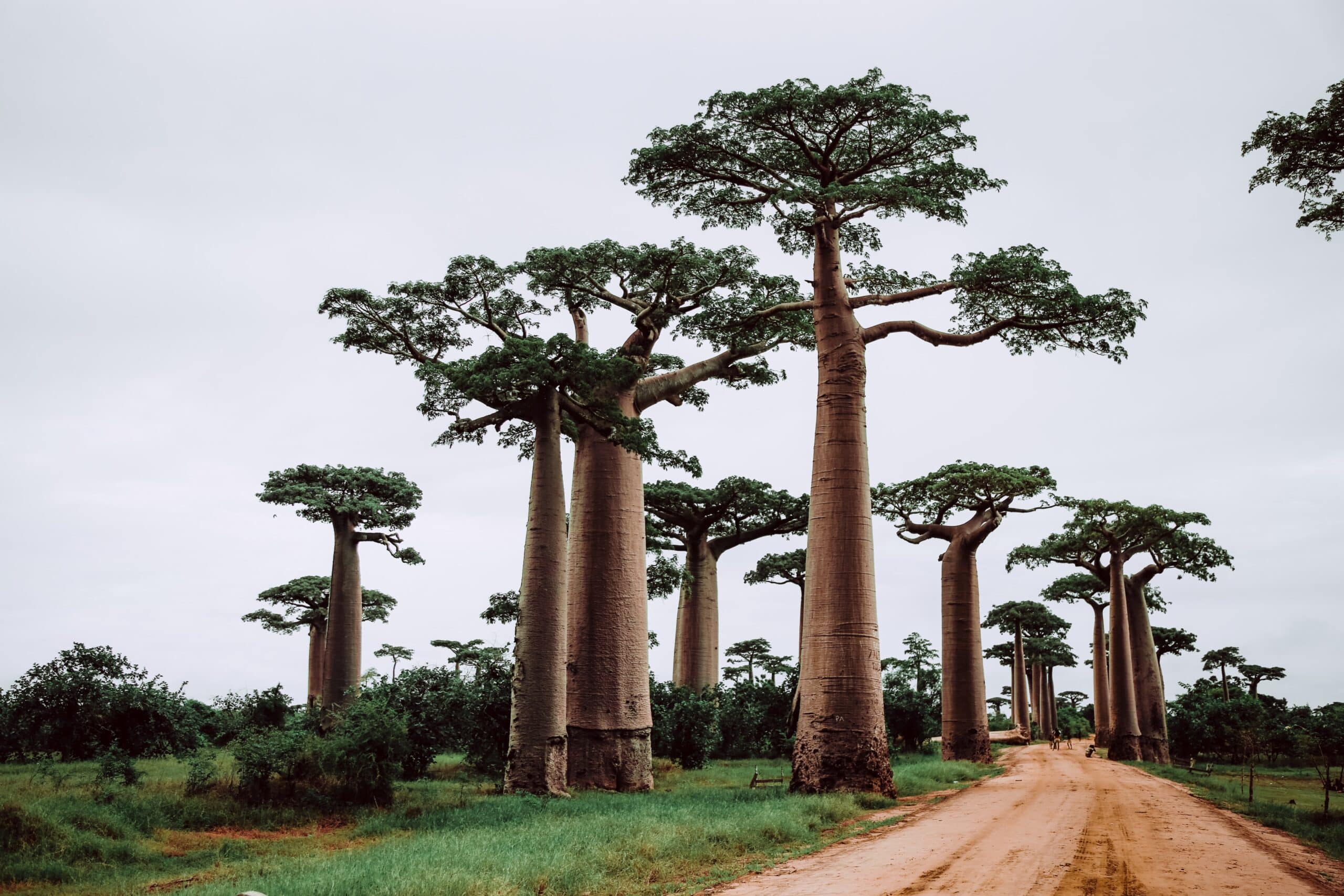As the monsoon begins to dissipate, the weather throughout the nation improves, making it the perfect time to pack your bags and hit the road. Your options for a September getaway range from the North to the South and the East to the West. Numerous attractions, from hill stations to beaches, temples to museums, animal sanctuaries to forts, are open and ready to be explored throughout September.
Japan
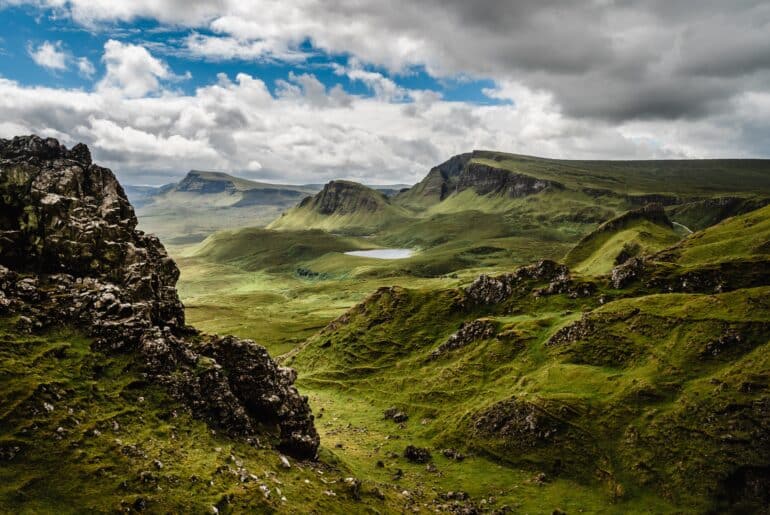
Temperatures in September often reach the 80s Fahrenheit, while the month’s lows hover around the 70s. The lights often go on across the nation around the end of August and remain on until the end of January. You finally locate an amenable climate for your expedition. Since fewer people travel in September, air travel and lodging prices have dropped.
For the most comprehensive sightseeing experience in Japan, train enthusiasts must get a Japan Rail Pass. September in Japan is full of exciting events and activities, so if you’re trying to decide what to do, here are a few suggestions. There are many methods to enjoy the finest of Japan if the weather cooperates.
Zimbabwe
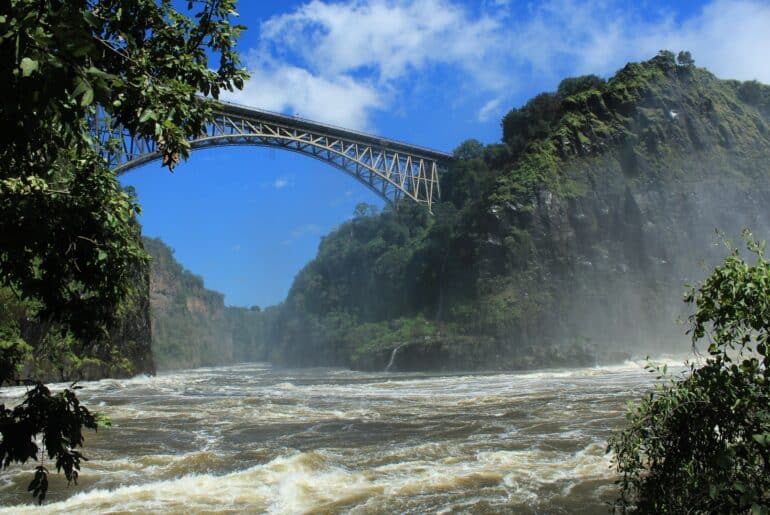
Warm temperatures and long dry days characterize September in Zimbabwe. Despite the possibility of light rain, it won’t be evident and won’t stop your safari. The animals in Zimbabwe will have been without rain for months, so that they will congregate along riverbanks and around the few surviving waterholes.
Parks at lower elevations, such as Gonarezou, maybe hot throughout the day, with temperatures reaching 30 degrees or more. These parks have the bonus of having milder temps all day long, making early morning game drives more bearable. Victoria Falls water levels will be visibly lower than earlier in the season, depending on how dry it has been, and the flow rate may be down a little.
However, the chasms in the soil heading towards the main mouth of the falls will be readily visible when the spray of the falls is absent (as it is in the rainy season). Take advantage of the pleasant weather and participate in some of the exciting adrenaline pursuits offered in the region of the falls.
Mozambique

September through November is the ideal season to visit Mozambique since the weather is quiet and mild (between 27°C and 32°C) and wildlife viewing is at its peak (both for seeing animals and watching the whale migration). A subtropical climate prevails in Mozambique. April through December is the dry season when temperatures average between 25 and 32 degrees Celsius. January through March is the rainy season when temperatures average 30°C to 32°C. During the dry season, the beaches in the Bazaruto and Quirimbas archipelagos are some of the most beautiful in the world. However, northern regions might experience wind throughout the winter (June–August).
Namibia
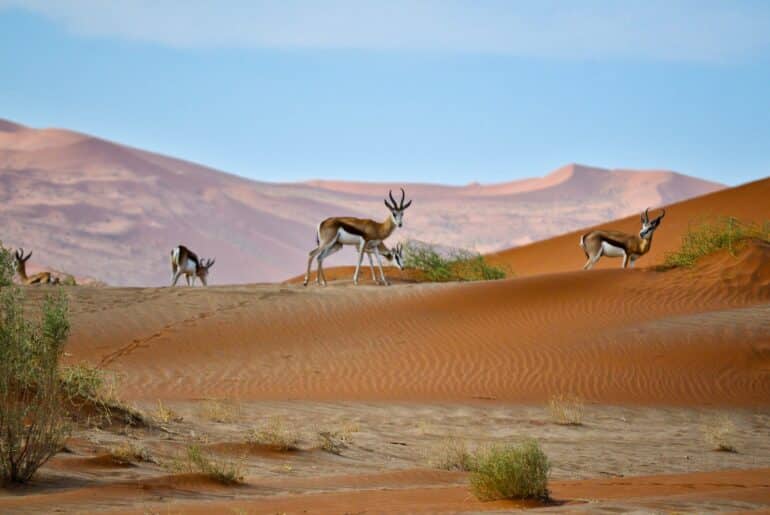
There is a brief springtime in Namibia that lasts all of September. It falls between the extremes of winter and summer when temperatures are low, and precipitation is scarce. This makes it a great time to visit the nation in southern Africa. It is a month with few clouds, pleasant temperatures, and dry weather that is ideal for sightseeing. As the month continues, so do the temperatures. The capital, Windhoek, and other cities at a higher altitude than the national parks enjoy milder temperatures.
There is a noticeable temperature difference between the shore and the interior, with the coast often colder. Temperatures this month in Namibia are predicted to be between 68 and 86 degrees Fahrenheit (20 and 30 degrees Celsius), while this range reflects the significant geographical variance throughout the country.
Portugal
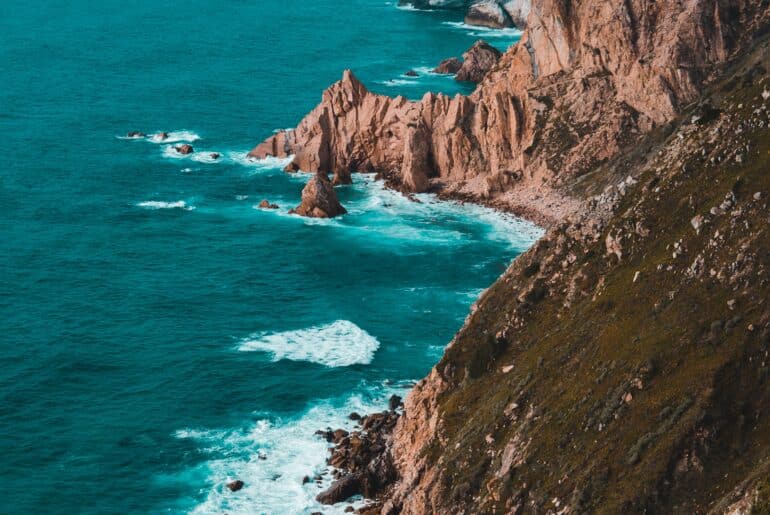
It stays warm until September, but most tourists have left with the summer heat. Temperatures in Porto, the country’s northernmost region, have warmed up to a delightful 75 degrees Fahrenheit (24 degrees Celsius). Yet, showers are slowly returning (there might be as many as five rainy days this month). Those looking for milder weather can find it in Lisbon and the Algarve, where highs may reach 79 degrees Fahrenheit (26 degrees Celsius). As the month passes, the days will still be warm, but you may want to bring a sweater for the nights.
Madagascar
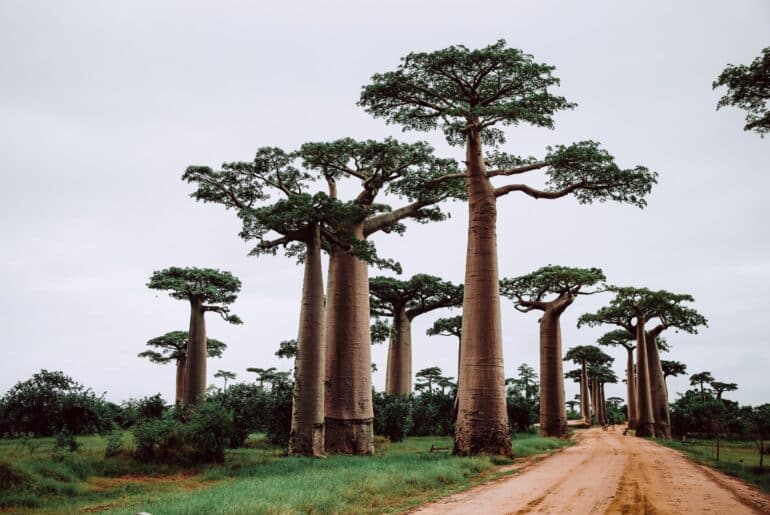
By September, the wetter and warmer months have replaced the drier ones, and the chilly season has officially ended (the rainy season begins again in September). There isn’t a bad time to go on vacation to Madagascar, but now could be the greatest. The beginning of the month is often calm since children have returned to school after the summer break. Chameleons, snakes, lizards, little lemurs, and rodents are all out in Madagascar’s rainforests and arid plains, thanks to the warmer weather.
Off the shore of Ile Sainte Marie, there is also a window of opportunity to see some of the last humpback whales. Although some whales may have already begun the long voyage back to Antarctic waters, sightings in the warm coastal waters of Madagascar are still extremely probable and highly recommended in this last month of the whale-watching season.
Nepal
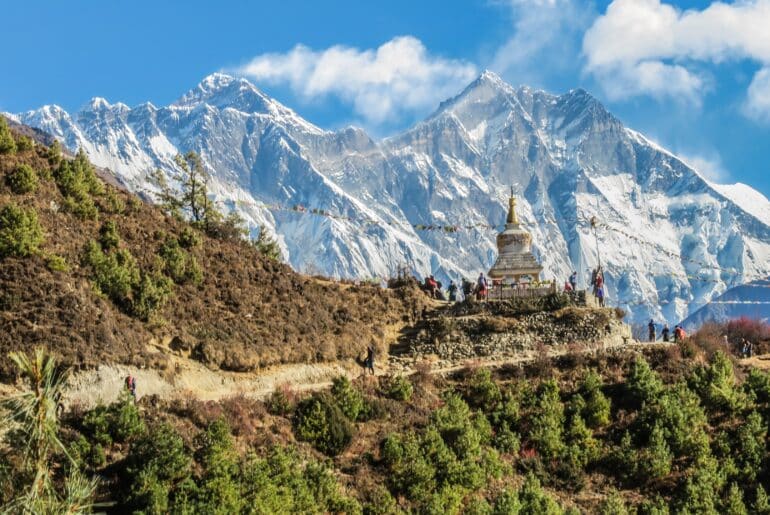
The answer to the question of whether or not September in Nepal is a good time to come is an emphatic “hell yes!” But why is September the ideal time to visit Nepal? The solution is provided below. If you need a short escape that isn’t in India, Nepal is always a fantastic alternative (technically). In the neighboring nation, you’ll have several chances to get exposure to new customs and ways of living. The Himalayas of Nepal in September is a popular destination for both thrill-seekers and intrepid explorers.
Many factors make September an ideal time for a getaway. The month of September is a bargain in many countries throughout the world. Avoid the crowds and experience something different by traveling in late summer or early autumn.
Lastly, read more about travel around the world here.
